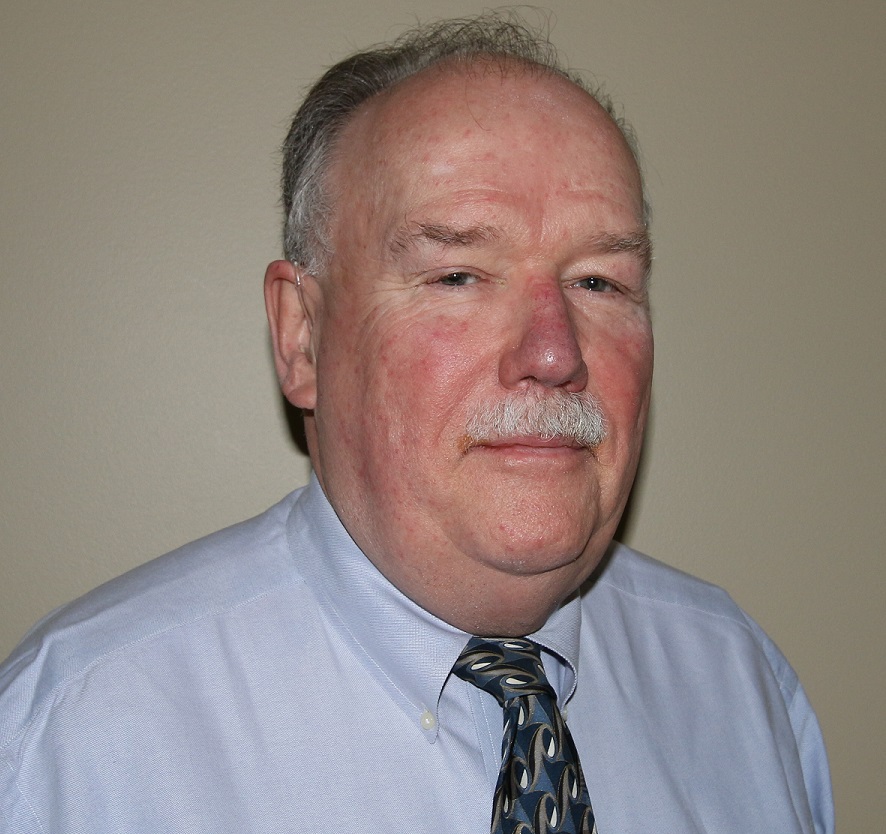USP Chapter <800> provides a framework for the proper handling of hazardous drugs. While the chaos surrounding the original deadline has dissipated, the continued uncertainty regarding the new chapter promises to send a ripple effect across the compounding pharmacy sector.
With the Dec. 1, 2019, deadline now set, many pharmacists must make accommodations for the new regulations. Here are four actions you should take, sooner rather than later, to prepare for the new chapter:
1. Assess your risk right now.
An assessment of risk involves analyzing your facility’s drugs, standard operating procedures and staff in order to identify potential dangers that may become present. It also involves thinking about the ways in which those apparent dangers can be mitigated.
For instance, are your employees trained in the handling of hazardous drugs? Do your facility’s SOPs outline proper handling and compounding techniques? A thorough risk assessment is designed to find the weaknesses in your current operation and identify remediation strategies for those issues.
We recommend starting a risk assessment today so that proper actions can be taken to significantly mitigate dangers by the time USP <800> takes effect. Healthcare Providers Service Organization (HPSO) has a printable checklist to get you started.
2. Access the chapter while available.
The USP website is currently making Chapter <800> free to download. We highly recommend that you take advantage of this opportunity and familiarize yourself with any specific regulations that will directly impact your daily operations.
This is essential information to know if you plan on compounding or handling hazardous drugs in 2019. Therefore it’s a no-brainer to get the chapter at no charge.
3. Go through the NIOSH list.
We also recommend taking a look at this NIOSH list and identifying the hazardous drugs that are at your facility. Similar to a risk assessment, you should create a list of any specific hazardous drugs that your facility uses.
Start this process early, regardless of whether you are a compounder. Having a list of relevant hazardous drugs will help you to be more alert about properly creating and handling them.
4. Be prepared to redesign your facility.
USP <800> will require you to compound hazardous drugs in a negative pressure room with a minimum of 12 air changes per hour. Many pharmacies aren’t set up to handle compounding under these new guidelines. Keep in mind, it can take months, if not more, for a pharmacy to be completely redesigned for full compliance.
Do you currently have a negative pressure room that maintains ISO 7 standards for air quality? Or will you need to rebuild in order to comply? These are decisions that should be made now while there is still ample time left. It’s better to have a facility properly designed ahead of time, rather than to rush and risk falling short.
With these four things in mind, you’ll be taking the first steps toward compliancy with USP Chapter <800>, and your facility and staff should be better prepared to tackle the new requirements. Though the deadline is nearly two years away, preparations should be made soon so that your facility can be running full speed when the regulations take effect.
As the old proverb goes, “he who hesitates is lost.”
Gates Healthcare Associates – Because Compounding Doesn’t Have to be Complicated




